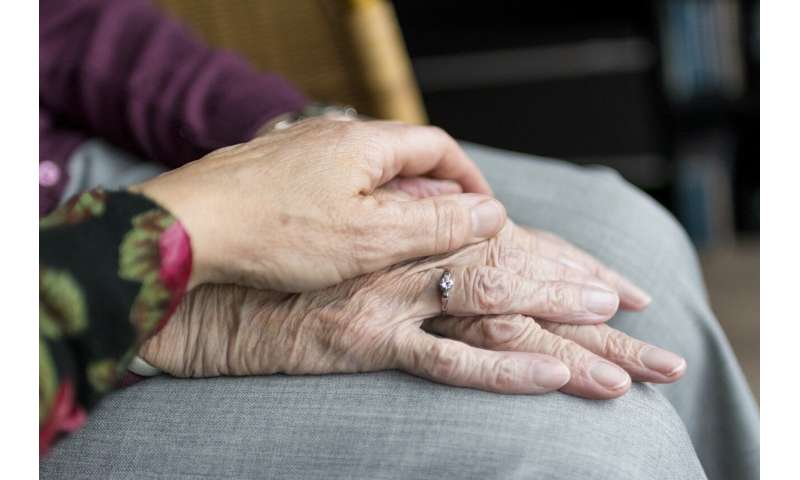Safely aging: Growing old in a smart home requires technology to monitor health and behavior

With an aging population, there is an increasing need for a smart home to be able to monitor health and behavior with a view to allowing people to continue to live in their homes independently. Research published in the International Journal of Ad Hoc and Ubiquitous Computing shows how motion sensors, actuators, and surveillance systems can be used in different rooms in a home to monitor people are they carry out household chores, such as cooking and cleaning, and other activities, such as using the bathroom, watching television, partaking of hobbies, and sleeping.
05 feb 2020--Yo-Ping Huang of the Department of Electrical Engineering at the National Taipei University of Technology, in Taiwan, and colleagues suggest that the outputs from sensors and monitors can be fed to an algorithm trained to recognize normal behavior and to flag issues when a person is unexpectedly immobilized or carrying out an unusual activity in a part of their home where such activities are not commonly undertaken. The system can then alert healthcare workers or family members that there may be a crisis underway and the elderly person can be contacted or emerging services sent to assist.
The team has simulated behavior and tested the system and its results show that the proposed system outperforms support vector machines in terms of score and accuracy in identifying daily activities.
The researchers add that they will next integrate the system with voice recognition to allow the remote control of appliances used in daily life as well as making wireless and mobile devices connectable so that carers can be availed of potentially hazardous or life-threatening situations as they arise in the person's home without the carer needing to be in the home continuously to look after the person.
More information: Yo Ping Huang et al. Sensor-based detection of abnormal events for elderly people using deep belief networks, International Journal of Ad Hoc and Ubiquitous Computing (2020). DOI: 10.1504/IJAHUC.2020.104714
Provided by Inderscience
No comments:
Post a Comment